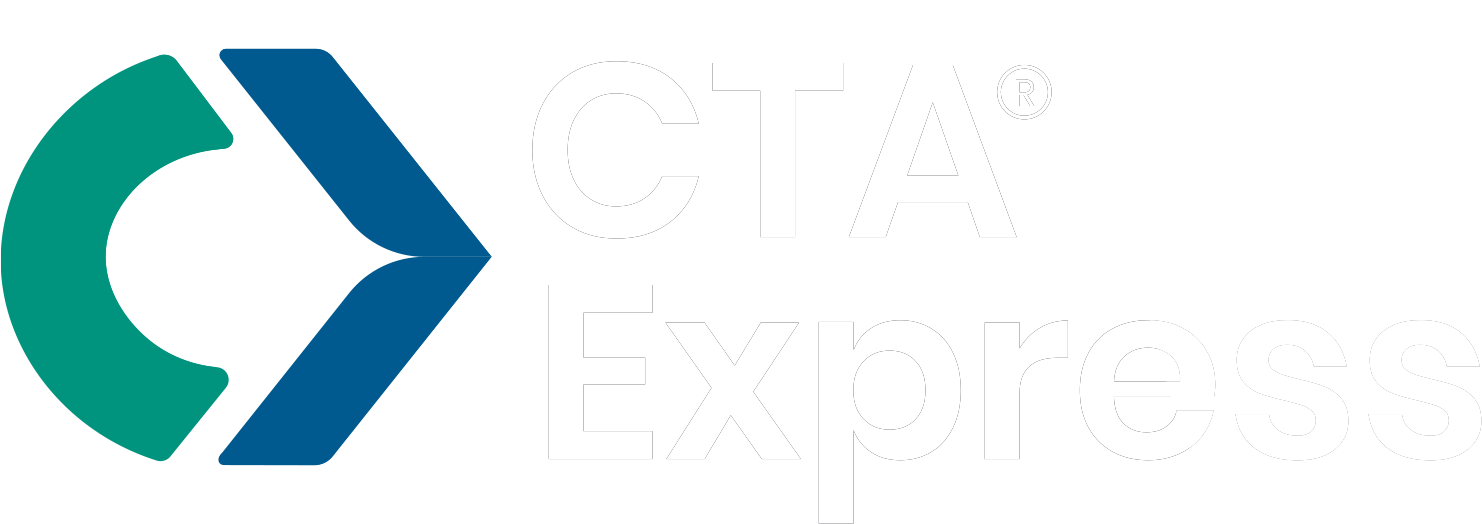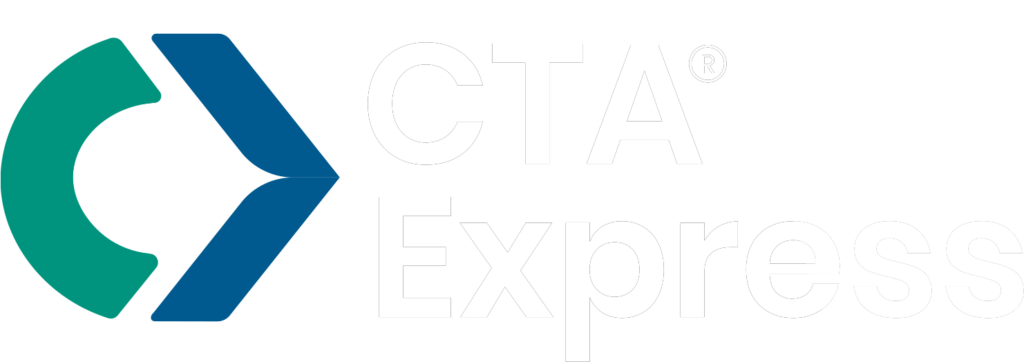Please Note that this is a sample blog extracted from Workable.com
When evaluating an HRIS, several security features are paramount. These not only protect against unauthorized access but also ensure that the data remains intact and confidential throughout its lifecycle in the system.
Data encryption
- Encryption at-rest protects data stored on physical or virtual disks from unauthorized access by encrypting the data while it is not actively being used.
- Encryption in-transit safeguards data as it moves between systems, ensuring that intercepted data cannot be read without the appropriate decryption keys.
- Encryption in-use may also be provided, which encrypts data even when it is being processed, providing an additional layer of security.
Compliance with data protection regulations
An HRIS should comply with key data protection regulations relevant to the organization’s location and operations.
This not only includes GDPR but may also involve local privacy laws and sector-specific regulations like HIPAA in healthcare.
Compliance ensures that the HRIS provider is following best practices for data privacy and security, which helps in protecting against legal and financial repercussions.
Access controls
Effective HRIS systems implement robust role-based access controls (RBAC) that restrict access based on the user’s role within the organization. This means that individuals can only access information that is pertinent to their job functions.
These controls help minimize the risk of data exposure internally and play a crucial role in preventing data leaks.
Each of these features contributes to a secure HRIS environment, ensuring that employee data is protected from both external attacks and internal misuse. As businesses increasingly rely on digital tools for human resources management, the security of these systems cannot be overstated.
This beginning sets the stage for your article by defining the importance of HRIS security, introducing essential concepts, and detailing key security features.
It will help guide your readers through the critical elements to look for when assessing the security of their HRIS provider.
Advanced security practices
While basic security measures are essential, advanced security practices provide additional layers of protection and monitoring that can significantly enhance the robustness of an HRIS.
These include proactive monitoring and alerts, regular security audits, and enhanced user authentication and secure connections.
Proactive monitoring and alerts
Continuous monitoring involves tracking all activities within the HRIS to identify and react to abnormal behavior or potential security threats promptly. This not only helps in detecting breaches early but also in preventing them.
Security alerts are automated notifications that inform system administrators and security teams about unusual activities. These alerts enable quick response to potential threats, helping to mitigate risks before they escalate.
Regular security audits
Conducting regular technical security audits is crucial for maintaining the integrity of an HRIS. These audits assess the effectiveness of the security measures in place and identify any vulnerabilities or areas for improvement.
Audits can be performed internally by dedicated security red teams or externally by third-party security specialists. Regular reviews ensure compliance with security policies and standards, and they keep security practices up to date with the latest threats.
User authentication and secure connections
Strong user authentication methods, such as two-factor authentication (2FA), biometrics, or single sign-on (SSO), are critical for verifying the identity of users accessing the system.
These methods help prevent unauthorized access by ensuring that only legitimate users can log in.
Secure connections, typically implemented through TLS protocols, encrypt data exchanged between users and the HRIS. This ensures that data remains private and unaltered during transmission, protecting against interception by malicious actors.










